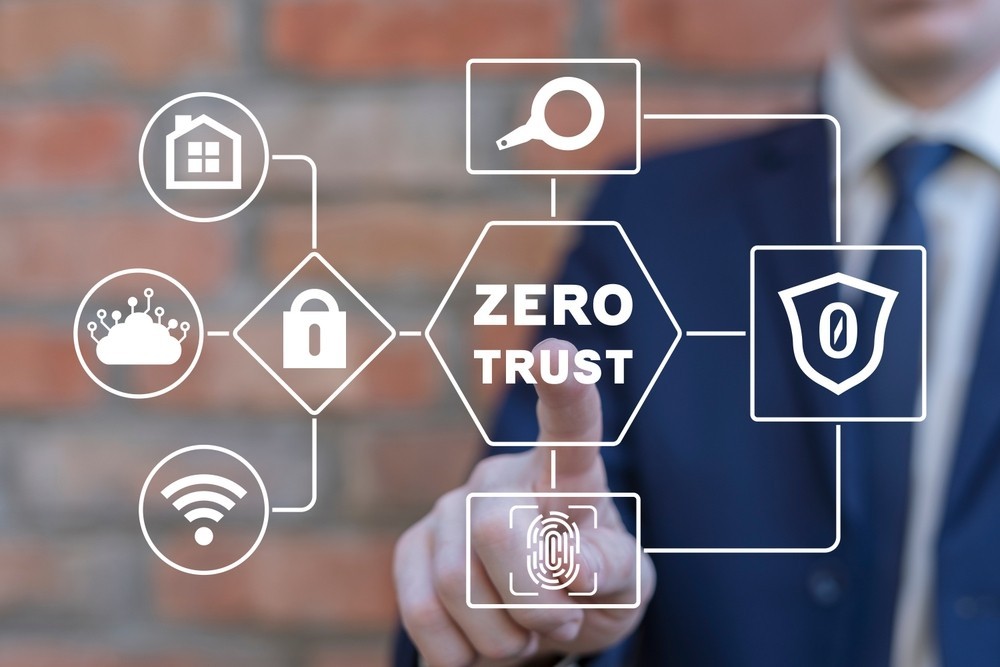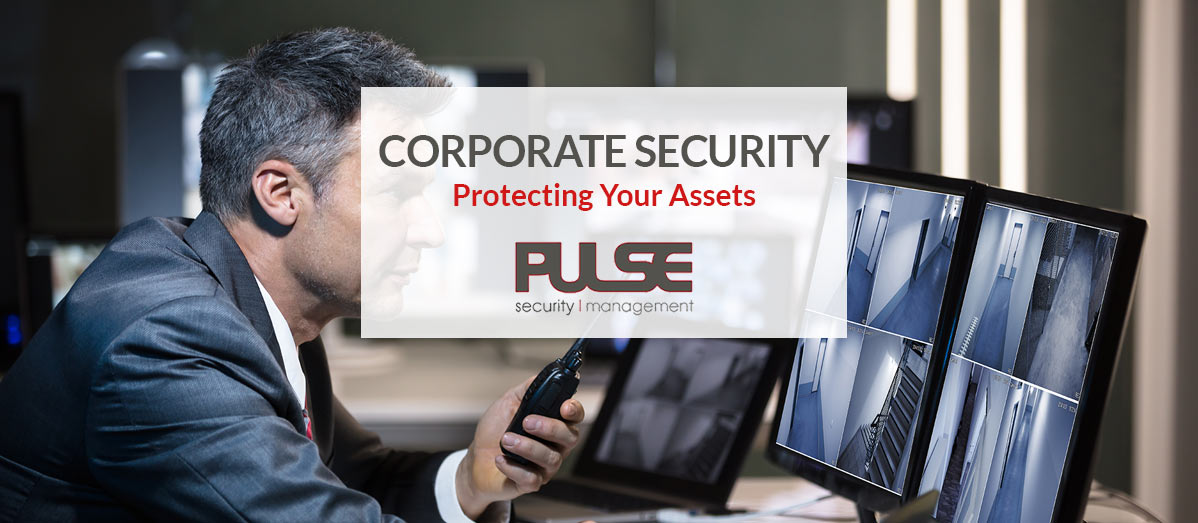From Cybersecurity to Physical Steps: Reinforcing Business Safety And Security in a Transforming Globe
By integrating the strengths of both cybersecurity and physical security, companies can develop a detailed defense technique that deals with the diverse variety of risks they deal with. In this discussion, we will certainly discover the transforming threat landscape, the requirement to integrate cybersecurity and physical security, the execution of multi-factor verification actions, the relevance of worker understanding and training, and the adjustment of safety and security procedures for remote labor forces. By taking a look at these vital locations, we will certainly gain beneficial understandings into how companies can enhance their business protection in an ever-changing world.
Comprehending the Altering Threat Landscape
The progressing nature of the modern globe demands a detailed understanding of the altering hazard landscape for effective company security. It is critical for companies to stay informed and adapt their safety and security measures to attend to these evolving threats.
One trick facet of comprehending the changing threat landscape is acknowledging the different sorts of dangers that organizations deal with. Cybercriminals are continuously establishing brand-new strategies to make use of vulnerabilities in computer system systems and networks. These hazards can vary from malware and ransomware attacks to phishing scams and social design techniques. Additionally, physical hazards such as theft, vandalism, and company reconnaissance remain prevalent problems for companies.
Monitoring and evaluating the risk landscape is vital in order to recognize possible dangers and vulnerabilities. This entails remaining upgraded on the most up to date cybersecurity patterns, assessing risk knowledge records, and performing regular danger assessments. By recognizing the altering threat landscape, organizations can proactively apply ideal safety steps to mitigate risks and secure their assets, online reputation, and stakeholders.
Integrating Cybersecurity and Physical Safety And Security
Integrating cybersecurity and physical protection is crucial for extensive business security in today's electronic and interconnected landscape. As organizations progressively rely upon modern technology and interconnected systems, the borders in between physical and cyber threats are coming to be obscured. To properly safeguard against these threats, a holistic method that combines both cybersecurity and physical safety measures is vital.
Cybersecurity concentrates on safeguarding digital possessions, such as systems, networks, and information, from unauthorized gain access to, disturbance, and burglary. Physical safety and security, on the other hand, encompasses measures to secure physical possessions, people, and centers from susceptabilities and dangers. By integrating these two domain names, companies can address vulnerabilities and risks from both digital and physical angles, consequently boosting their general security pose.
The integration of these two disciplines enables a much more detailed understanding of safety and security dangers and allows a unified reaction to events. As an example, physical access controls can be boosted by integrating them with cybersecurity protocols, such as two-factor verification or biometric identification. Likewise, cybersecurity actions can be matched by physical protection measures, such as security cameras, alarm systems, and secure access factors.

Carrying Out Multi-Factor Verification Actions
As companies significantly focus on comprehensive security actions, one effective strategy is the implementation of multi-factor authentication measures. Multi-factor verification (MFA) is a safety and security method that calls for individuals to supply numerous types of identification to access a system or application. This approach adds an added layer of defense by integrating something the individual recognizes, such as a password, with something they Get More Info have, like a fingerprint or a protection token.
By executing MFA, companies can significantly enhance their protection pose - corporate security. Conventional password-based verification has its constraints, as passwords can be easily endangered or failed to remember. MFA mitigates these risks by including an extra authentication aspect, making it much more hard for unapproved individuals to get to delicate details
There are several sorts of multi-factor authentication methods offered, consisting of biometric authentication, SMS-based confirmation codes, and equipment tokens. Organizations require to examine their details requirements and pick one of the most appropriate MFA option for their requirements.
Nonetheless, the implementation of MFA should be meticulously prepared and implemented. It is essential to strike a balance in between safety and usability to avoid user stress and resistance. Organizations must also think about prospective compatibility concerns and offer sufficient training and support to make certain a smooth transition.
Enhancing Employee Awareness and Training
To reinforce company security, companies must focus on improving worker understanding and training. In today's swiftly developing threat landscape, staff members play a critical duty in securing an organization's delicate details and site web possessions. Unfortunately, numerous safety breaches occur as a result of human error or lack of understanding. Companies require to spend in comprehensive training programs to educate their employees regarding prospective risks and the best techniques for mitigating them.
Effective worker awareness and training programs ought to cover a large range of topics, including information security, phishing strikes, social design, password health, and physical protection procedures. These programs must be tailored to the specific demands and duties of different employee functions within the organization. Regular training workshops, sessions, and simulations can help employees develop the necessary skills and understanding to react and determine to safety and security threats efficiently.
Additionally, companies ought to motivate a culture of protection understanding and offer continuous updates and reminders to maintain staff members educated about the current hazards and mitigation methods. This can be done with inner communication networks, such as e-newsletters, intranet websites, and email projects. By fostering a security-conscious labor force, companies can considerably decrease the chance of protection incidents and shield their beneficial possessions from unauthorized accessibility or compromise.

Adapting Safety Measures for Remote Labor Force
Adapting corporate security measures to suit a remote workforce is crucial in making sure the security of sensitive information and assets (corporate security). With the raising fad of remote job, organizations should implement appropriate security actions to alleviate the dangers connected with this brand-new way of functioning
One crucial element of adapting security steps for remote work is developing safe interaction networks. Encrypted messaging systems and virtual private networks (VPNs) can aid shield delicate info and prevent unapproved access. Furthermore, companies should impose using solid passwords and multi-factor verification to enhance the safety of remote gain look at this site access to.
One more vital consideration is the execution of safe and secure remote access options. This includes supplying employees with secure accessibility to corporate resources and information through digital desktop facilities (VDI), remote desktop computer procedures (RDP), or cloud-based remedies. These modern technologies ensure that delicate information continues to be protected while allowing staff members to perform their functions effectively.

Lastly, comprehensive safety recognition training is important for remote employees. Educating sessions ought to cover finest practices for securely accessing and taking care of sensitive information, recognizing and reporting phishing attempts, and maintaining the overall cybersecurity health.
Verdict
In conclusion, as the danger landscape continues to develop, it is essential for organizations to strengthen their safety determines both in the cyber and physical domains. Incorporating cybersecurity and physical safety, executing multi-factor verification steps, and enhancing employee recognition and training are necessary actions in the direction of achieving durable company protection.
In this discussion, we will certainly discover the changing threat landscape, the demand to incorporate cybersecurity and physical security, the implementation of multi-factor authentication actions, the value of staff member recognition and training, and the adaptation of protection measures for remote workforces. Cybersecurity procedures can be enhanced by physical security steps, such as surveillance electronic cameras, alarm systems, and safe and secure accessibility points.
As companies progressively focus on extensive protection measures, one effective technique is the implementation of multi-factor verification measures.In final thought, as the hazard landscape continues to evolve, it is critical for organizations to enhance their protection measures both in the cyber and physical domains. Incorporating cybersecurity and physical safety, executing multi-factor authentication measures, and enhancing worker understanding and training are essential steps towards achieving robust business safety.